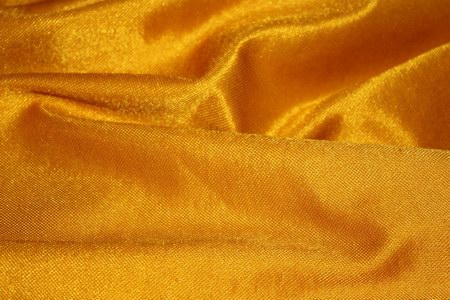
Home |
Up |
Prev |
Next |

Rounds
We all know the phenomenon of the sung round. Certainly I grew up with "Row, Row, Row Your Boat", "Three Blind Mice" and "Kookaburra Sits In The Old Gum Tree".
Somewhere in 2002 the thought came to me: "Rounds... How would one write one? and How hard can they be?". Well the short answers are: "Follow a harmonic plan." and "Not too difficult."
Having said that, there are various considerations that greatly limit what you can do with them.
- Firstly: There must be enough range so that each part is not usually singing the same note as another part. If there are 3 parts you need at least an octave range. If there are 4 parts you need an octave and a forth.
- If you don't want the round to go too long before repeating, the delay can't be too long. Generally this means 2 or 4 bars depending on the tempo. This means the harmony needs to be fairly simple. No more than 4 chords and often only 2.
- Each part in any given bar needs to be distinct from the other parts in that bar. Not only does this mean that most of its notes should be different but that when one part is going up another should be coming down.
- Parts should be split between male and female in an order that enhances the difference between the parts. If two parts seem too similar in any place ensure that they are always differentiated by sex, (and hence by octave).
- In order for one part to avoid treading on another's toes, quaver runs containing passing notes should only undertaken by one part at a time. (Unless there is a harmonised run, such as a run in 3rds.)
If you want a four part round that an amateur SATB choir can sing, and you want the top note to be the tonic, then the bottom note will be the dominant and you are then pretty much limited to two keys: D or Eb. I chose Eb as it implies a range of Bb-Eb, something any chorister should be able to manage. (D is a little easier on the basses but a little harder on the sopranos.)
When it comes to rounds for ordinary people, "simpler is better" should be your maxim. Some of the most popular examples just use the chord of the tonic and dominant alternating. I found this model effective and so I used it for this, my first round.
After writing the tune I sought around for a theme for the words. I wanted a powerful statement that is true for everyone, so that everyone can sing it. I was thinking of the way that the parts weave together through time, which stimulated thought about the way that people's lives weave together through time and from there it was a simple jump the idea that each 2-dimensional agu is a living cloth woven together from all the strands of its 1-dimensional aga. Similarly, each n dimensional agu is composed of all of its n -1 dimensional aga.
Strictly speaking the fibres in the cloth are not woven together in the true sense of the word, but they ARE joined to each other and they DO make a living fabric. Allow me a little poetic licence here please. Think of "woven" in this song as "made into".
Words and music: Warren Mars 2002
Up and down through our lives we go,
Each with a place in a cloth everlasting1.
All we feel and all we know2,
Woven into fabric in a dream of gold3.
The vocal score with chords is provided here.
I have also provided an SATB arrangement for choirs here.
Finally, I have provided a recording of my computer synthesizer playing the round with male and female parts coming in in the proper order. There is no singing and the synthesizer is very ordinary. Nevertheless the parts are all there and one can sing along with it or use it get an idea of how it should sound with your choir.
- Ultimately that cloth is our Uru. It is not someone else's Uru. Going further: All Ura and Mala are woven together into Velas
- Take away the physical and what is left of your life? Everything that passed through your mind: experience, knowledge, feelings and emotions.
- The idea that life is just a dream is very old and cannot be disproved. It's tied up with the metabasis of this religion so I just decided to go with it. Precisely who is doing the dreaming is an interesting question which I do not intend to go into here.